Greater Crested Tern, Swift Tern
Posted: Sat Apr 13, 2013 5:56 pm
324. Greater Crested Tern, Swift Tern Thalasseus bergii (Geelbeksterretjie)
Order: Charadriiformes. Family: Laridae
Description
Intermediate in size (43-48 cm.) between Caspian Tern and Sandwich Tern. It has a large yellow or greenish yellow (not orange) slightly downcurved bill. Black cap that crests behind the head, bright white underparts, and gray back and wings. Black legs and feet with yellow soles. Sexes are alike.
Juvenile is barred dark blackish brown and has a dusky yellow-olive bill.
Distribution
Occurs along the coasts of the west-central Pacific, south-east Atlantic, and Indian Oceans. In southern Africa it is common along the entire coastline of the region.
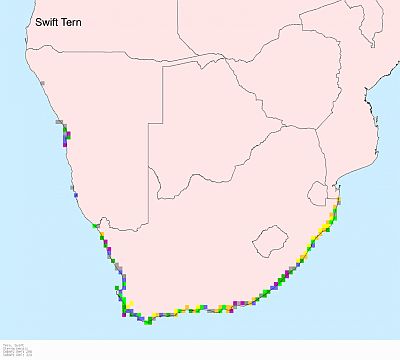
Habitat
Inshore water, islands, large bays and estuaries.
Movements and migrations
After breeding, it departs from the colonies and heads south and east to the coastline of the Indian Ocean, travelling back again at the onset of the following breeding season.
Diet
Mainly eats pelagic schooling fish, doing most of its foraging within sight of land, plunge-diving or dipping into the sea to catch prey.
Breeding
Monogamous, usually nesting in colonies of roughly 500-3000 pairs, maintaining a pair bond year round. The nest is a shallow scrape in flat, open sand, either unlined or with a thin lining of stones and cuttlefish (Sepia) bones, or alternatively it may use the roof of a building. Egg-laying season is from January-September, peaking from February-June. The female lays a single egg, rarely two, which is incubated by both sexes for about 21-30 days. The chicks are brooded and fed by both parents, leaving the nest after about three days, after which it forms crèches along with other chicks, fledging at about 38-40 days old and becoming fully independent roughly four months later.
Call
Adult's call is a harsh kree-eck; juvenile gives a thin vibrating whistle.
Status
Common resident and local migrant.
Order: Charadriiformes. Family: Laridae
Description
Intermediate in size (43-48 cm.) between Caspian Tern and Sandwich Tern. It has a large yellow or greenish yellow (not orange) slightly downcurved bill. Black cap that crests behind the head, bright white underparts, and gray back and wings. Black legs and feet with yellow soles. Sexes are alike.
Juvenile is barred dark blackish brown and has a dusky yellow-olive bill.
Distribution
Occurs along the coasts of the west-central Pacific, south-east Atlantic, and Indian Oceans. In southern Africa it is common along the entire coastline of the region.

Habitat
Inshore water, islands, large bays and estuaries.
Movements and migrations
After breeding, it departs from the colonies and heads south and east to the coastline of the Indian Ocean, travelling back again at the onset of the following breeding season.
Diet
Mainly eats pelagic schooling fish, doing most of its foraging within sight of land, plunge-diving or dipping into the sea to catch prey.
Breeding
Monogamous, usually nesting in colonies of roughly 500-3000 pairs, maintaining a pair bond year round. The nest is a shallow scrape in flat, open sand, either unlined or with a thin lining of stones and cuttlefish (Sepia) bones, or alternatively it may use the roof of a building. Egg-laying season is from January-September, peaking from February-June. The female lays a single egg, rarely two, which is incubated by both sexes for about 21-30 days. The chicks are brooded and fed by both parents, leaving the nest after about three days, after which it forms crèches along with other chicks, fledging at about 38-40 days old and becoming fully independent roughly four months later.
Call
Adult's call is a harsh kree-eck; juvenile gives a thin vibrating whistle.
Status
Common resident and local migrant.
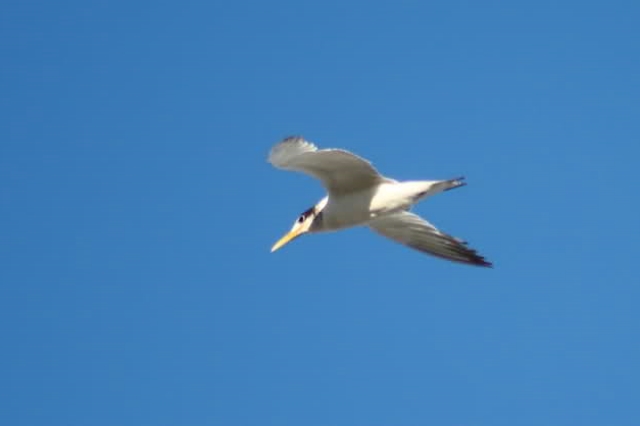 © Flutterby
© Flutterby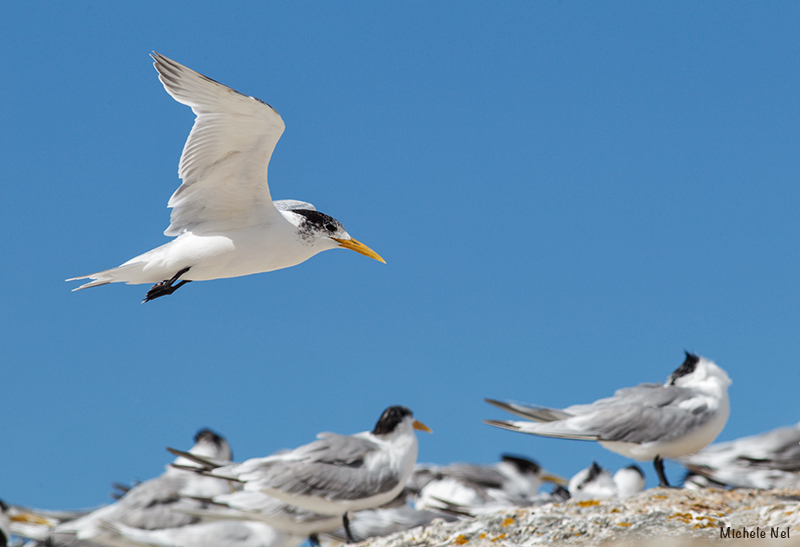 © Michele Nel
© Michele Nel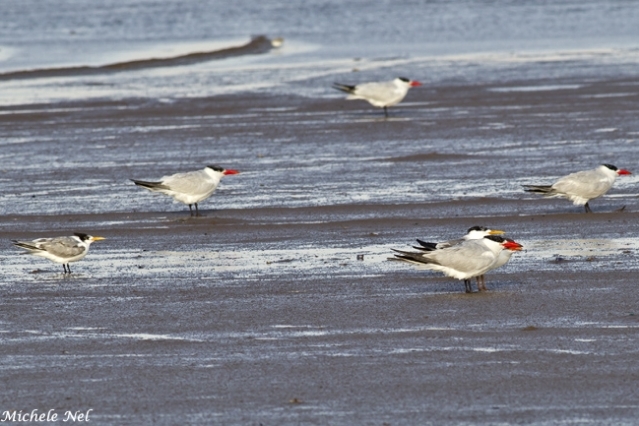 © Michele Nel
© Michele Nel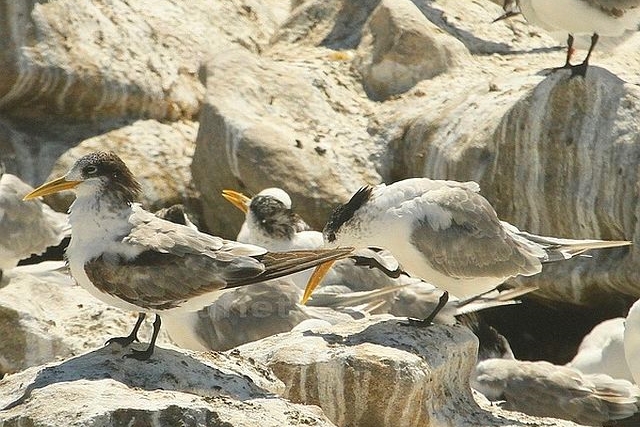 © nan
© nan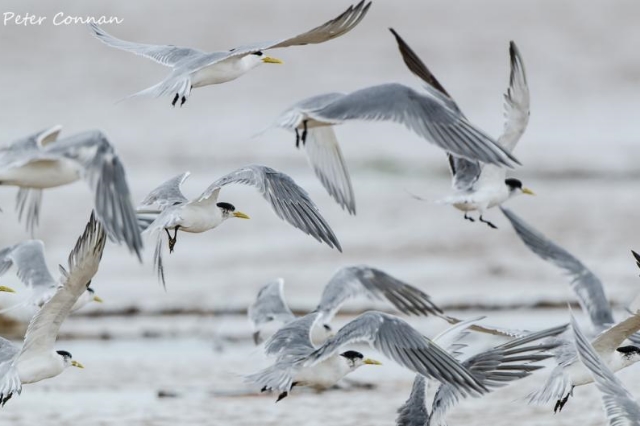 © Peter Connan
© Peter Connan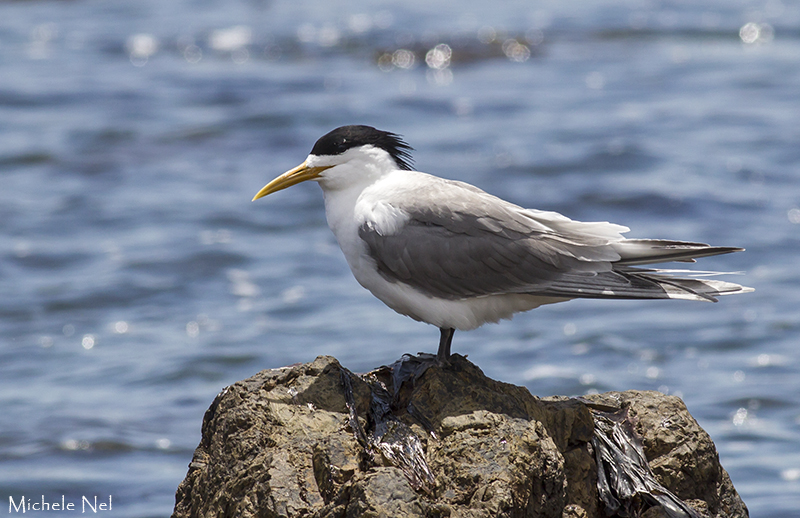 © Michele Nel
© Michele Nel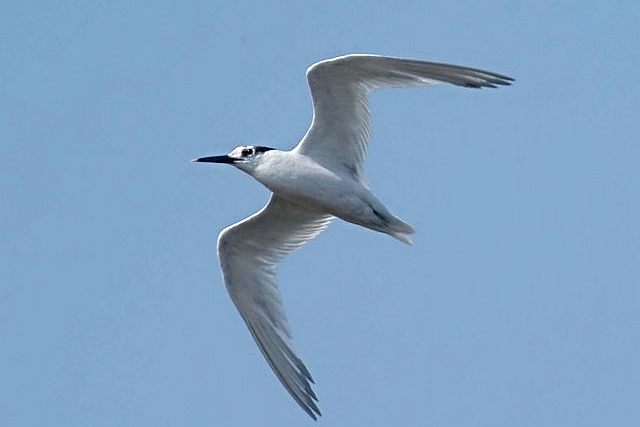
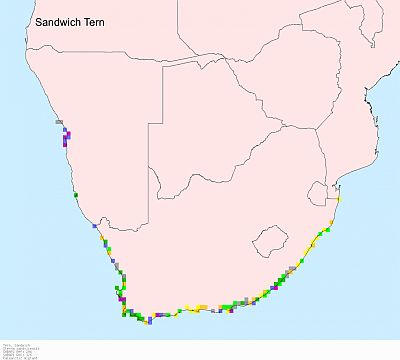
 © Peter Connan
© Peter Connan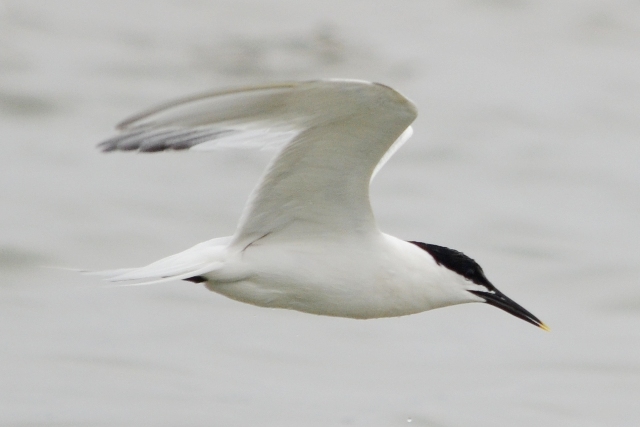 © Mel
© Mel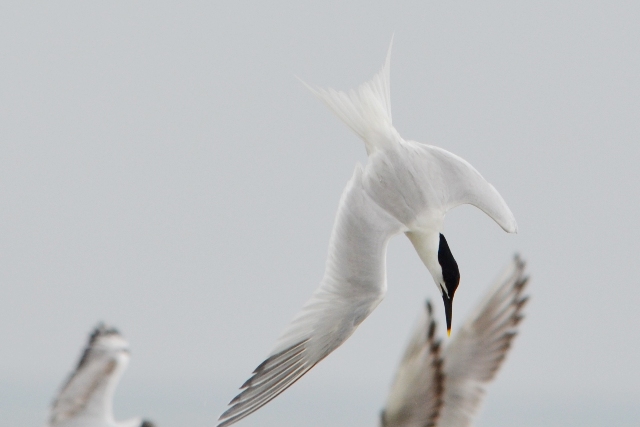 © Mel
© Mel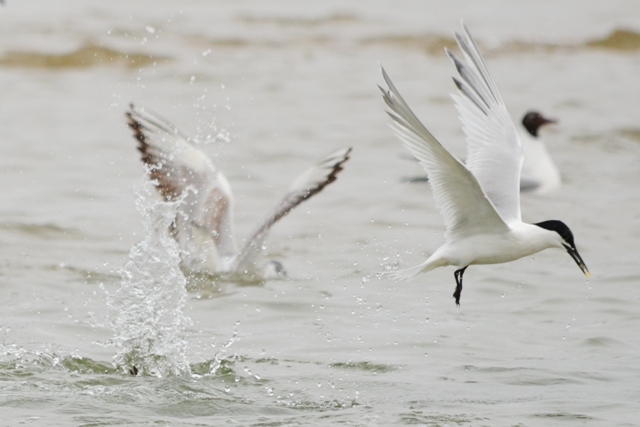 © Mel
© Mel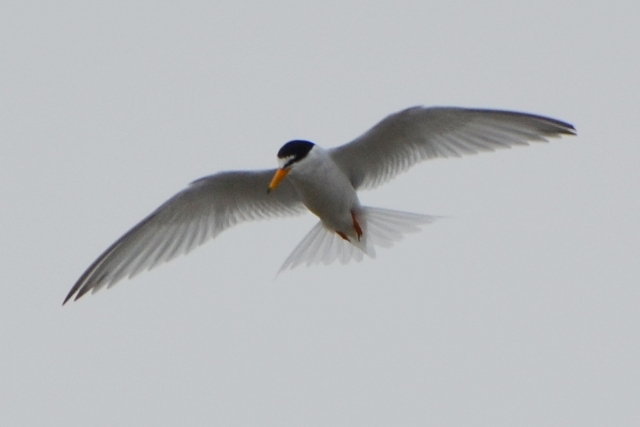
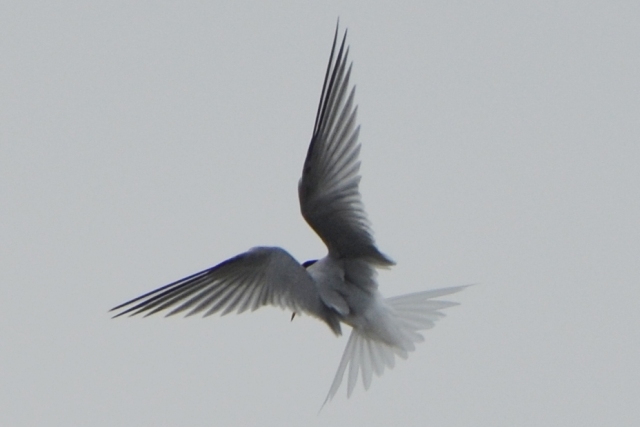
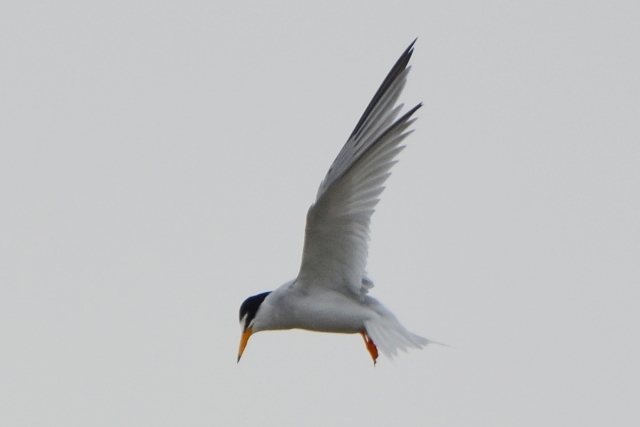
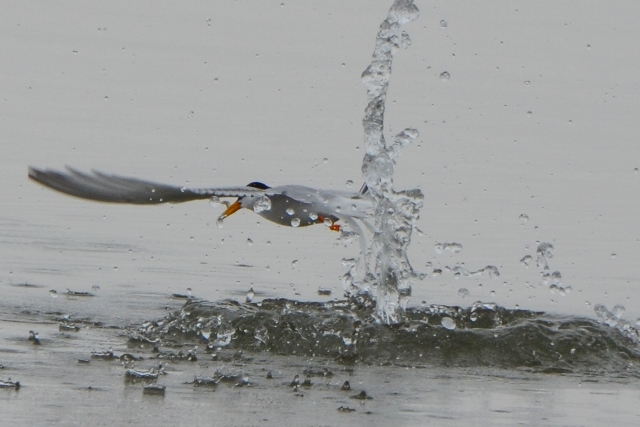
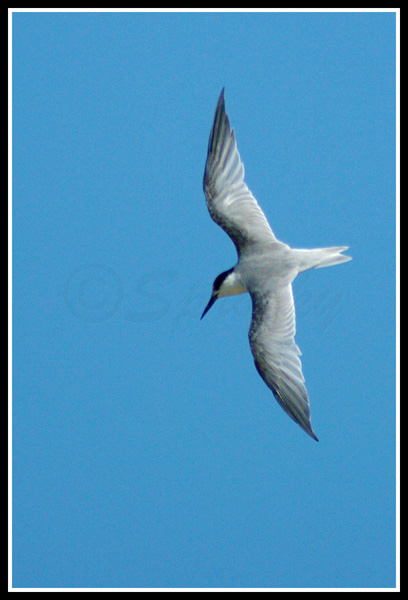
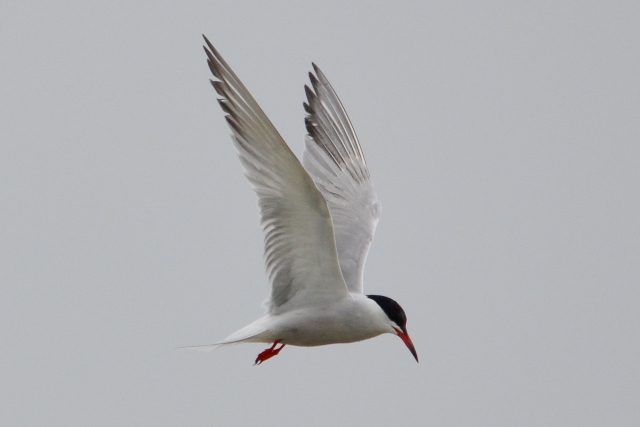 © Mel
© Mel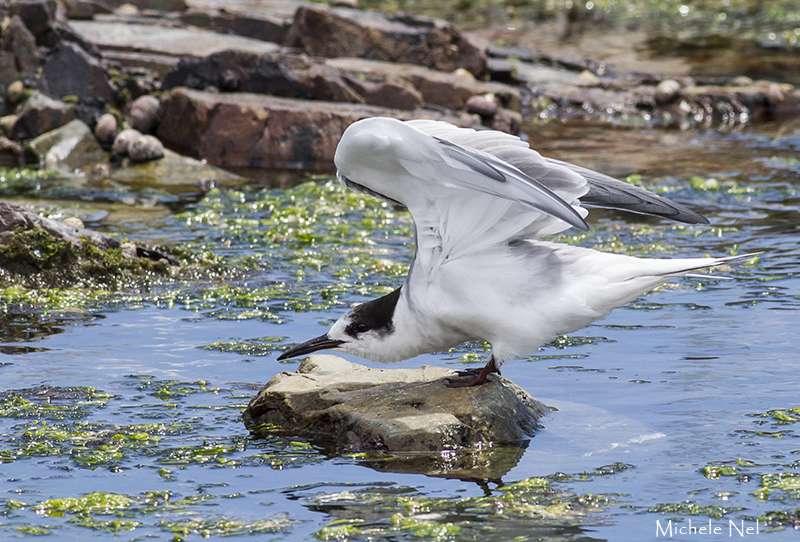 © Michele Nel
© Michele Nel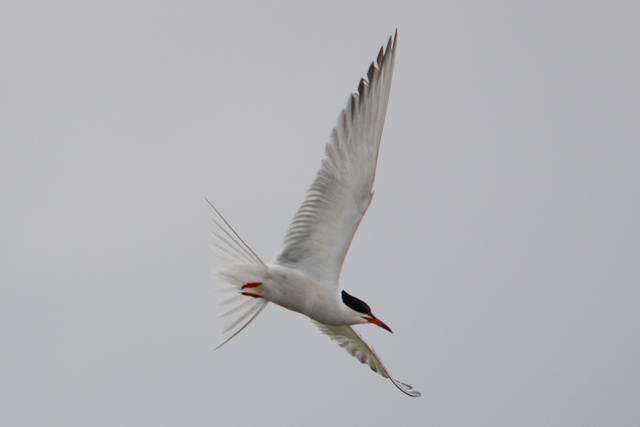 © Mel
© Mel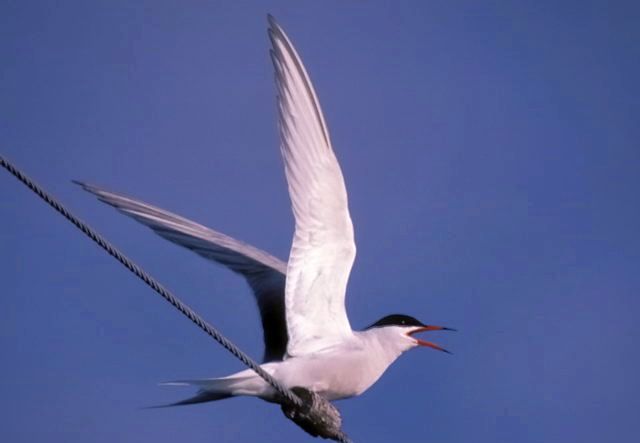 © Dewi
© Dewi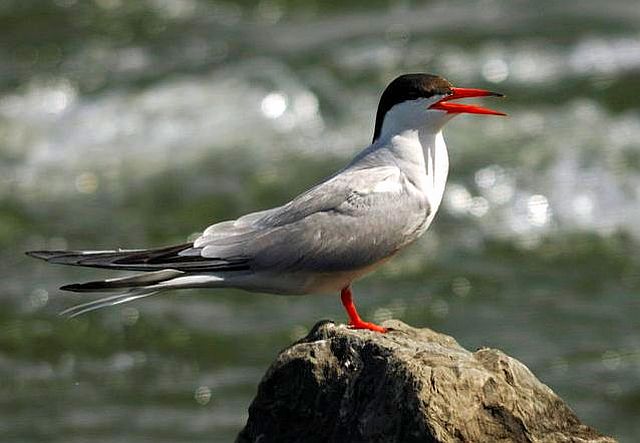 © Dewi
© Dewi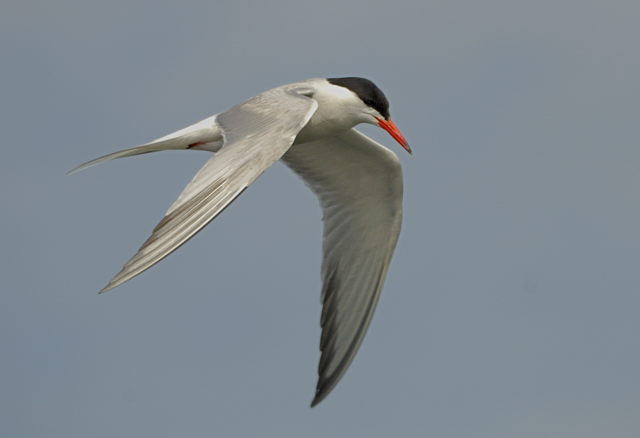 © Dewi
© Dewi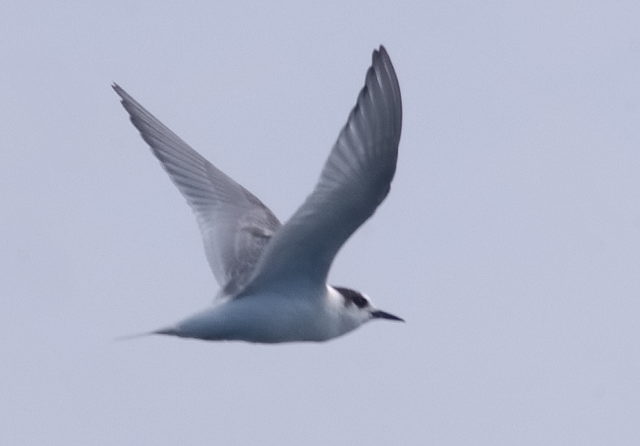 © Dewi
© Dewi